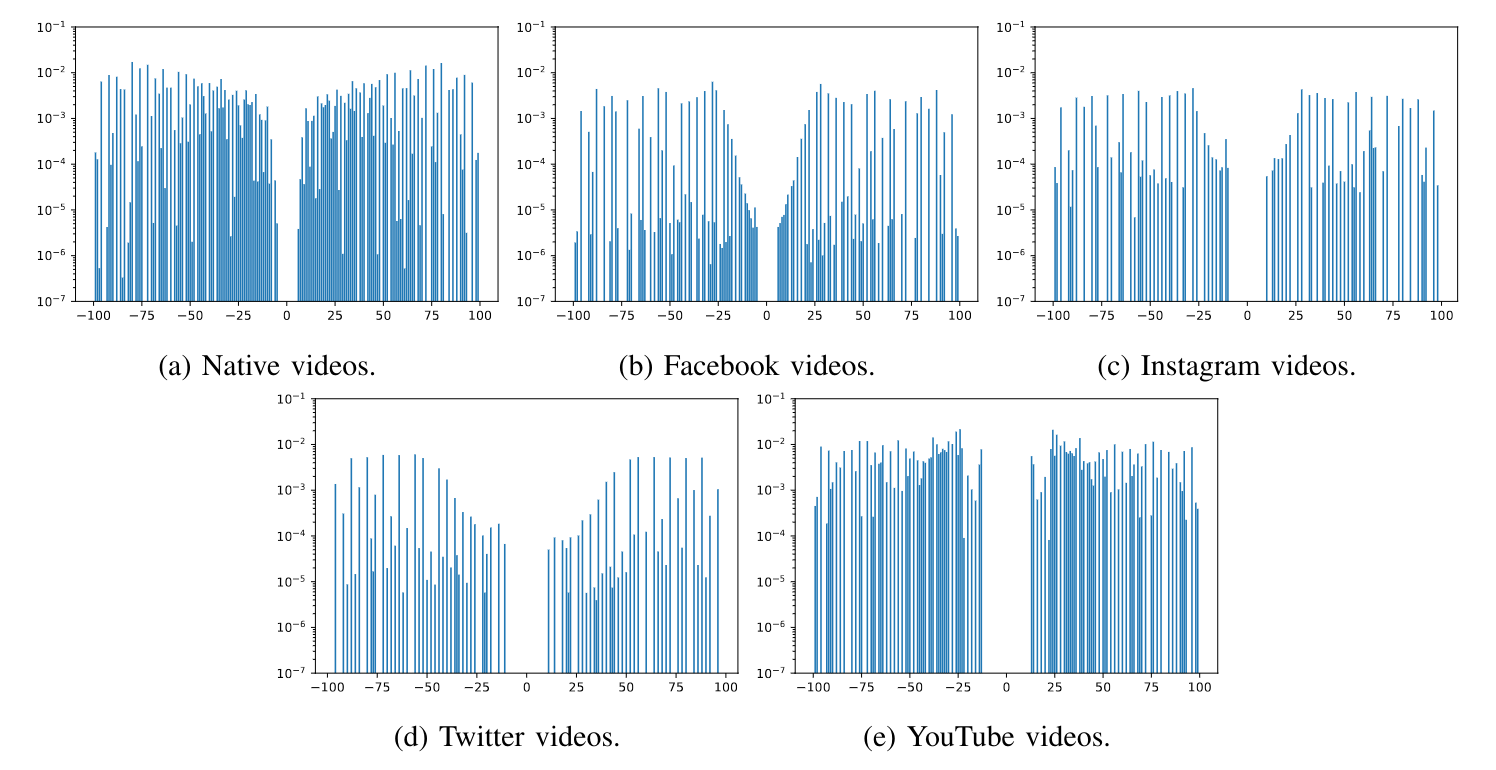Social network identification of laundered videos based on DCT coefficient analysis

Abstract
Identifying the originating social network of a digital video is considered a relevant task to support law enforcement agencies and intelligence services in tracing producers of deceptive visual contents. Recent advances in video forensics highlighted how the structure of video containers can be extremely effective in determining the social network of provenance. However, current studies do not consider that a malicious user could easily launder the traces of the social network by rebuilding the container without transcoding. In this letter, we propose a method to identify a video’s originating social network, even when the video container structure is completely unreliable. The proposed method exploits the statistics of DCT coefficients to characterize the different social media encoding properties. With this work, we also built and made available over 1000 videos of different provenance (native, manipulated, exchanged through social networks) to aid the forensic community further researching this topic.
BibTeX
@article{shullani2022social,
author={Shullani, Dasara and Baracchi, Daniele and Iuliani, Massimo and Piva, Alessandro},
journal={IEEE Signal Processing Letters},
title={Social Network Identification of Laundered Videos Based on DCT Coefficient Analysis},
year={2022},
volume={29},
number={},
pages={1112-1116},
doi={10.1109/LSP.2022.3167631}
}
Acknowledgments
This work was supported in part by the Italian Ministry of Universities and Research (MUR) under Grant 2017Z595XS, and in part by the Defense Advanced Research Projects Agency (DARPA) under Agreement No. HR00112090136.